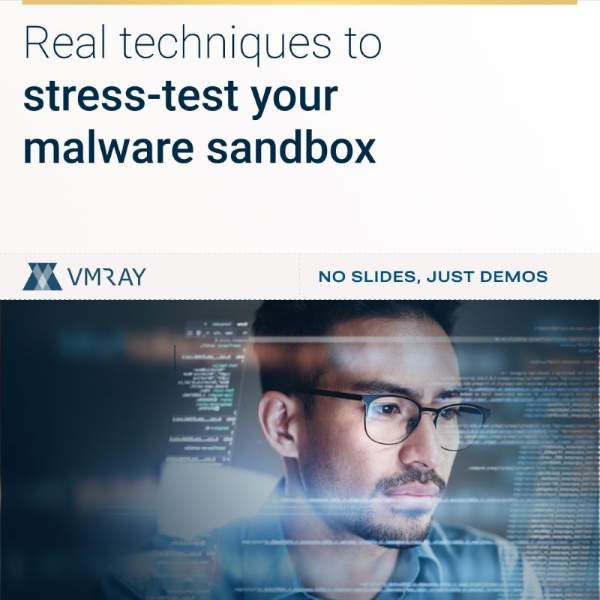Chapter 1:Adapting to the Changing Threat Landscape with Detection Engineering
As security professionals, we have witnessed firsthand the continuous evolution of incident response while collaborating with diverse security teams across various industries including Fortune 500 companies and government organizations. The dynamic nature of bad actors demands that our response processes and strategies remain agile and responsive. Threat actors constantly refine their tactics, creating more intricate and elusive attacks that are increasingly difficult to detect.
Imagine a seesaw with two distinct ends: on one side, we have the threat actors continuously changing their stripes, adapting their tactics, and devising complex attack vectors. On the other side, we find the dedicated incident response teams, tasked with reacting swiftly and effectively to mitigate the impact of these threats. It’s an ongoing tug of war between threat actors and response teams, and the stakes are high
In our exploration of the ever-evolving threat landscape, we had initially intended to delve into an example analysis of a different scenario. However, the rapid pace of change in the cybersecurity landscape demands our constant vigilance and adaptability. Just as we were preparing to discuss a particular instance, the landscape shifted once again, compelling us to update our analysis to reflect the latest developments.
One notable transformation that has unfolded is the response of Qbot operators to Microsoft’s decision to auto-block Office macros originating from the web. Faced with this barrier, threat actors swiftly adapted their tactics, leveraging alternative methods to propagate malware and infiltrate systems. One such technique gaining traction is the use of OneNote documents as a vehicle for spreading malicious payloads. This unforeseen twist highlights the agility and resourcefulness of cybercriminals, who are quick to exploit any available vulnerabilities or changes in the security ecosystem.
The rapid evolution we witness within the threat landscape serves as a stark reminder that security measures must continually evolve to counter emerging risks. By remaining at the forefront of these developments and understanding the tactics employed by threat actors, we can proactively fortify our defenses and better safeguard our digital environments.


